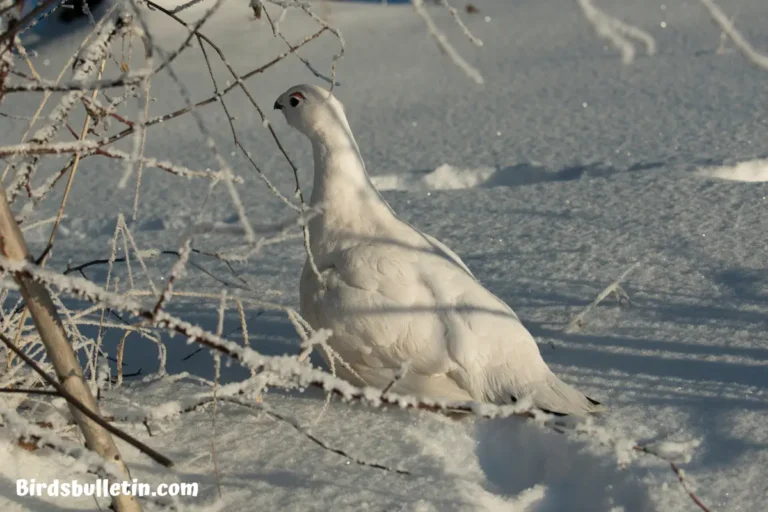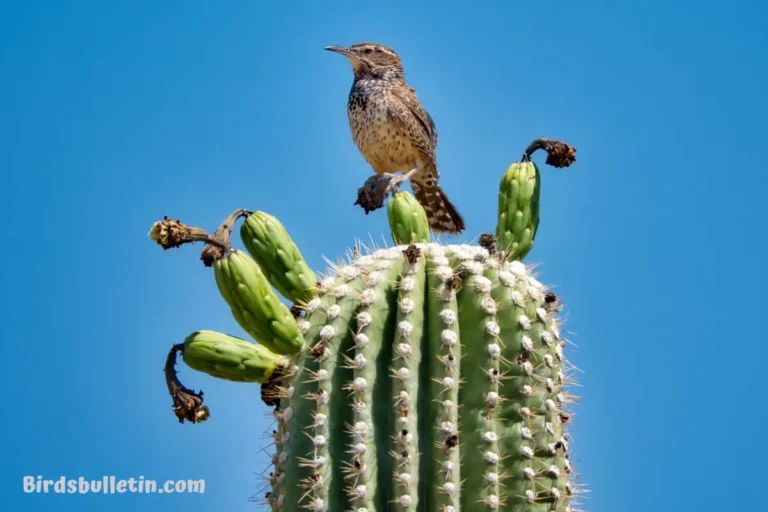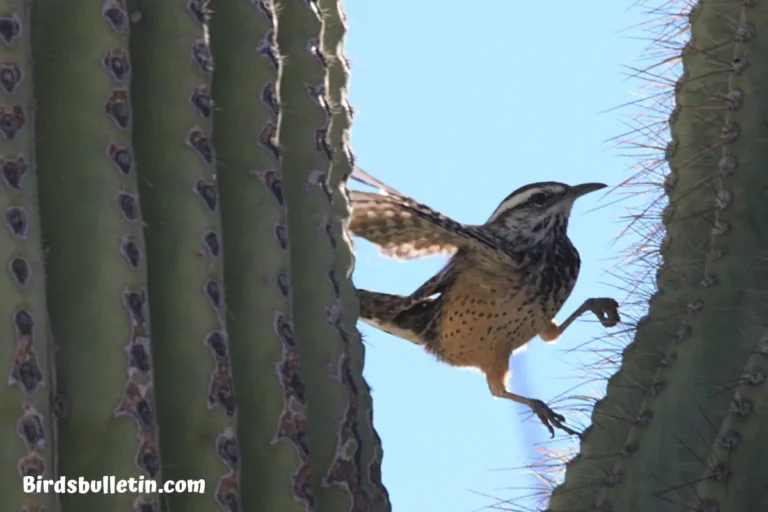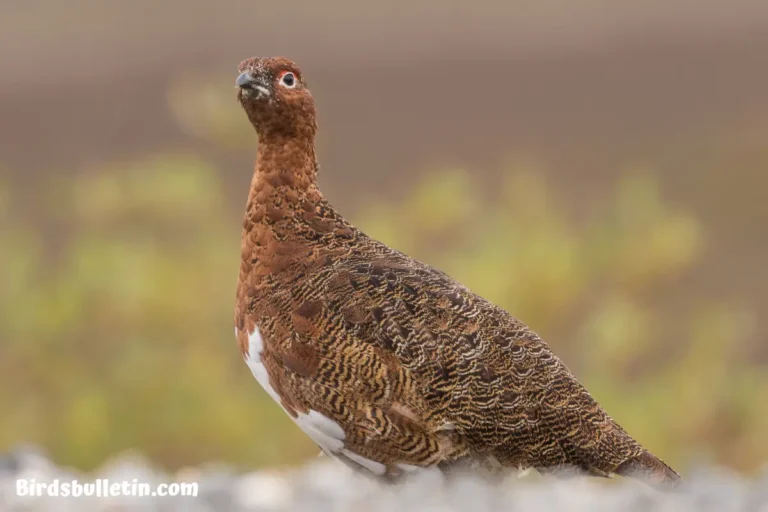Overview Of the Eastern Goldfinch
The eastern goldfinch (Spinus tristis tristis) is a small songbird native to North America. It is a subspecies of the American goldfinch. The eastern goldfinch is known for its bright yellow plumage and musical twittering song. Among its various subspecies, they stand out as the most common.
Looking for more overview about bird subspecies:
Scientific Classification
- Kingdom: Animalia
- Phylum: Chordata
- Class: Aves
- Order: Passeriformes
- Family: Fringillidae
- Genus: Spinus
- Species: Spinus tristis
- Subspecies: Spinus tristis tristis (Eastern Goldfinch)
How Can the Eastern Goldfinch Be Identified?
The male eastern goldfinch in breeding plumage has a bright lemon-yellow body and black wings, tail, and cap. The female is duller, with an olive-yellow body. Both sexes have a short-forked tail, a conical bill, and black wings with white markings.
The song is a series of musical twittering notes. During winter, their plumage becomes paler.
Where Is the Eastern Goldfinch Found?
The eastern goldfinch breeds across southern Canada and the northeastern United States. Its summer range extends from southern Canada to Colorado, and east to the Carolinas.
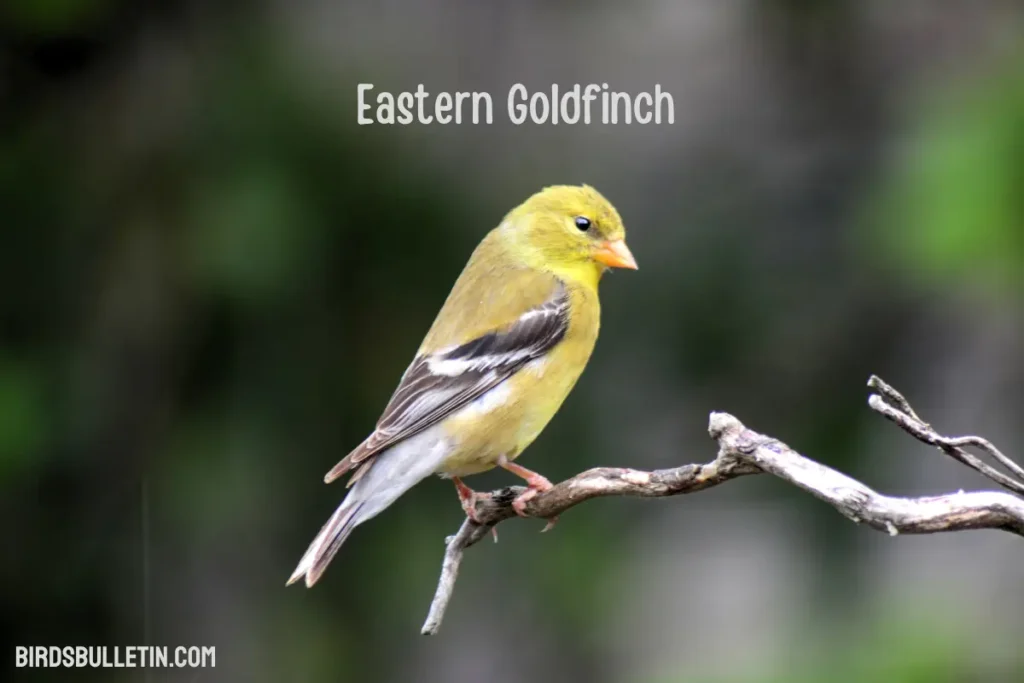
In winter, it migrates south to the southern United States and Mexico. Its winter range includes southern Canada south to Florida and central Mexico
Interesting Facts
- The bill of the eastern goldfinch changes color through the year, being yellowish in winter and orange in summer. This may be due to changes in diet.
- Unlike many songbirds, eastern goldfinches remain in flocks through the breeding season rather than establishing territories. Flocks break up in late summer when the birds undergo their molt.
- The eastern goldfinch is commonly kept as a caged bird for its singing and plumage. However, their quiet twitterings in captivity are just a fraction of the musical complexity of their songs in the wild.
What Is the Status and Conservation Outlook for The Eastern Goldfinch?
The eastern goldfinch has a large range and is common throughout its range. Its population appears to be stable. For these reasons, the IUCN Red List categorizes it as a species of Least Concern.
No major threats to the species are known. To help conserve eastern goldfinches, planting Nyjer seeds and other small seeds in backyards can provide an important food source, especially in winter.
Frequently Asked Questions
01. Why is the eastern goldfinch known for its vibrant yellow color?
The brilliant yellow plumage of the eastern goldfinch serves multiple purposes. It helps them attract mates during the breeding season and serves as a form of camouflage amidst the bright foliage of their habitat.
02. How do eastern goldfinches survive in winter?
During winter, eastern goldfinches adapt by migrating to warmer regions where food sources are more abundant. They also have the ability to fluff up their feathers, creating insulating air pockets that help them withstand cold temperatures.
03. What does the eastern goldfinch eat?
The eastern goldfinch is mainly granivorous, feeding on small seeds from composites like thistles and sunflowers. It also eats buds, fruits, and insects.
Summary
In summary, the eastern goldfinch is a brightly colored songbird native to North America. Its breeding range covers southeastern Canada and the northeastern United States. It migrates in winter to the southern United States and Mexico.
With its musical song and stunning yellow plumage, the eastern goldfinch is a favorite among bird enthusiasts. Maintaining natural food sources can help support eastern goldfinch populations.


